This article was co-authored by Chris M. Matsko, MD. Dr. Chris M. Matsko is a retired physician based in Pittsburgh, Pennsylvania. With over 25 years of medical research experience, Dr. Matsko was awarded the Pittsburgh Cornell University Leadership Award for Excellence. He holds a BS in Nutritional Science from Cornell University and an MD from the Temple University School of Medicine in 2007. Dr. Matsko earned a Research Writing Certification from the American Medical Writers Association (AMWA) in 2016 and a Medical Writing & Editing Certification from the University of Chicago in 2017.
There are 13 references cited in this article, which can be found at the bottom of the page.
This article has been viewed 135,097 times.
Staphylococcus bacteria are commonly found on human skin and many surfaces. When the bacteria stays on your skin, it's generally fine; however, if the bacteria enters the skin through a cut, scrape, or bug bite, it can cause problems. It can create an infected wound, and if left untreated, can become life-threatening.[1] Seeing your doctor for treatment is a must if you think you have a staph infection.
Steps
Getting Treatment
-
1Look for signs of infection. A staph infection can show redness and swelling. It can also create pus. In fact, it can look much like a spider bite. The skin may also feel warm. These symptoms will generally be near where you have a cut or sore. There may also be pus or discharge draining from the wound.[2]
-
2Seek professional medical attention as soon as possible. Staph infections can develop into a serious infection quickly. Therefore, if you think you have one, you should call your doctor. Your doctor will likely want you to come in as soon as possible, and she will give you instructions for the immediate future.[3]
- If you have signs of infection as well as a fever, it is especially important you see your doctor. Your doctor may wish to see you immediately or send you to the emergency room for treatment.
Advertisement -
3Clean the area with an antibiotic soap. In warm water, gently wash the area with soap. You can use a washcloth if you do so gently, but you shouldn't use that washcloth again before washing it. Don't try to pop the wound if it's a blister; that will only spread infection. If your wound needs to be drained, it should be done a by doctor.[4]
- Make sure to wash your hands after cleaning the area.
- When you dry the wound, use a clean towel. Don't reuse it without washing it.[5]
-
4Discuss whether your doctor will take a sample. Generally, your doctor will want to analyze a sample of tissue or a culture. The idea is he can check what strain of the infection you have; once identified, he will know which antibiotic that particular microbe is susceptible to.
-
5Expect your doctor to drain it. If you have a bad infection that creates an abscess or boil, your doctor will likely drain the pus from wound. You shouldn't feel much, as she will try to numb the area first.[6]
- Draining a wound generally involves the doctor using a scalpel to make a small incision across it. After that, she'll let fluid drain out. If the wound is large, she may pack it with gauze that will need to be removed at a later time.
-
6Ask about antibiotics. Most of the time with staph infection, you will need to take a round of antibiotics. One reason staph is so dangerous is because some strains are becoming resistant to certain types of antibiotics. This includes Methicillin-resistant Staphylococcus aureus (MRSA), which must be treated with IV antibiotics.
- Typically, you'd take cephalosporins, nafcillin, or sulfa drugs; however, you may need to take vancomycin instead, which is less resistant. The downside to this drug is your doctor must give it to you intravenously.
- A side effect of vancomycin may be the development of a severe, itch rash.[7] It usually covers the neck, face, and upper torso.
- You cannot simply look at an infection and know that it is a staph or MRSA
-
7Understand when surgery is necessary. Sometimes, staph infections can develop around a medical device implanted in your body or a prosthetic. If that happens, you may need surgery to have the device removed.[8]
-
8Watch for this complication with other injuries. Staph infections can be a problem in a number of situations, such as when you have surgery. You can also develop a serious condition called septic arthritis when staph bacteria enter a joint, which can happen sometimes when staph is in the bloodstream.[9]
- If you have septic arthritis, you'll have trouble using that joint; you'll also likely notice quite a bit of pain, as well as some swelling and redness. You should see a doctor as soon as possible if you have these symptoms.
Preventing Staph Infections
-
1Wash your hands often. Staph gathers on the skin, including under your nails. By washing your hands, you are more likely to avoid introducing it to a scratch, scrape, or scab.[10]
- When you wash your hands, you should scrub for 20 to 30 seconds with soap and warm water; using a throwaway towel afterwards is best. In addition, turn off the faucet with a towel so you don't touch the germy surface after washing your hands.[11]
-
2Clean and cover cuts. When you get a cut or scrape, it's important to cover it with a bandage once you clean it up. Using an antibiotic ointment is also good practice. Doing so will help keep staph infection out of the wound.[12]
-
3Wear gloves if you need to play doctor. If you're working on someone else's cut or wound, it's best to put on clean gloves if possible. If not, make sure to wash your hands thoroughly afterwards and try not to touch the wound itself with your bare hands. You can do things like put the antibiotic ointment on the bandage before placing it over the wound to keep from touching it.[13]
-
4Shower after you exercise. You can pick up staph infection in the gym, hot tub, or steam room, so make sure to shower after you exercise to help wash it off. Always make sure the shower area is clean, and don't share shower supplies, such as razors, towels, and soap.[14]
-
5Change tampons frequently. Toxic shock syndrome is a form of staph infection, and it is often caused by leaving a tampon in for longer than eight hours. Try to change your tampon every four to eight hours, and use the lightest tampon you can get away with. If you use a tampon that is too absorbent, it can increase your risk of a staph infection.[15]
- If you're worried about toxic shock syndrome, try sticking to other methods to manage your period, such as pads.[16]
-
6Increase the temperature. When doing your laundry, wash your linens, including your towels and sheets, in hot water. Hot water can help kill off the staph bacteria so it doesn't keep infecting you.[17]
References
- ↑ https://medlineplus.gov/staphylococcalinfections.html
- ↑ http://www.cdc.gov/mrsa/community/
- ↑ http://www.cdc.gov/mrsa/community/
- ↑ http://kidshealth.org/parent/infections/bacterial_viral/staphylococcus.html#
- ↑ http://kidshealth.org/parent/infections/bacterial_viral/staphylococcus.html#
- ↑ https://www.nlm.nih.gov/medlineplus/ency/patientinstructions/000686.htm
- ↑ https://medlineplus.gov/druginfo/meds/a604038.html
- ↑ https://www.nlm.nih.gov/medlineplus/ency/patientinstructions/000686.htm
- ↑ https://www.hopkinsmedicine.org/health/conditions-and-diseases/arthritis/septic-arthritis
- ↑ http://kidshealth.org/parent/infections/bacterial_viral/staphylococcus.html#
- ↑ https://www.cdc.gov/handwashing/when-how-handwashing.html
- ↑ http://kidshealth.org/parent/infections/bacterial_viral/staphylococcus.html#
- ↑ https://www.health.state.mn.us/diseases/staph/care.html
- ↑ https://www.nlm.nih.gov/medlineplus/ency/patientinstructions/000686.htm
- ↑ https://my.clevelandclinic.org/health/diseases/21165-staph-infection-staphylococcus-infection
- ↑ https://familydoctor.org/condition/toxic-shock-syndrome/
- ↑ https://www.cdc.gov/mrsa/community/environment/laundry.html
About This Article
To treat a staph infection, call your doctor right away to discuss your symptoms since staph infections can turn serious very quickly. Your doctor will likely want to see you right away or send you to the emergency room. At the hospital, the doctor may want to take a tissue sample to determine what strain of infection you have. Additionally, if your infection has resulted in a boil or abscess, your doctor will likely drain it and prescribe antibiotics such as a sulfa drug or vancomycin. For more tips from our Medical reviewer, like how to prevent staph infections, read on!

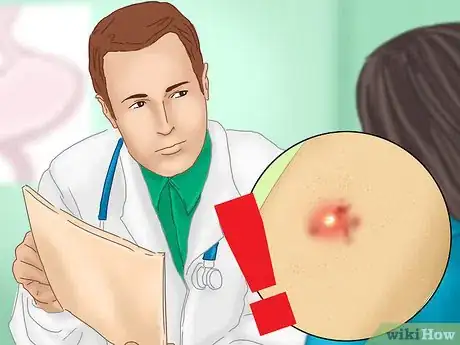






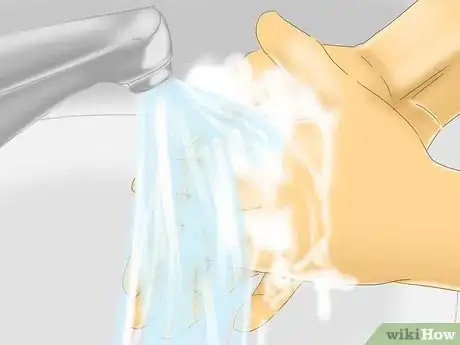
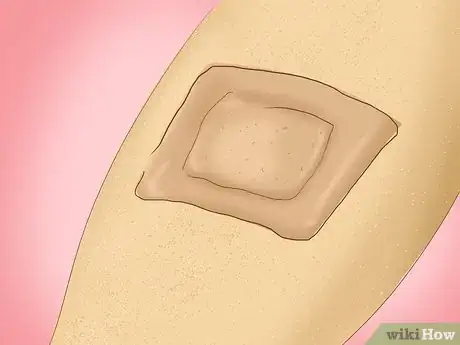
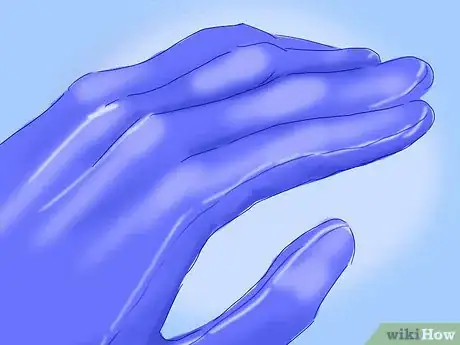
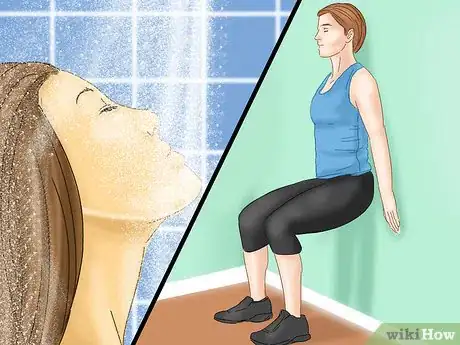
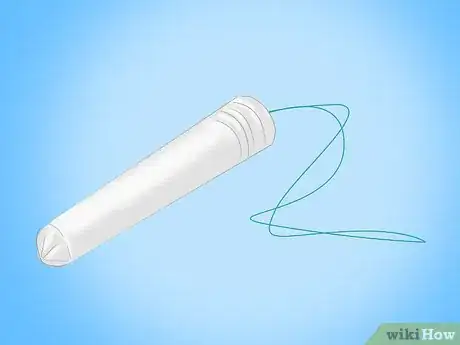




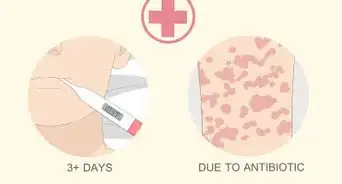






-Step-11.webp)
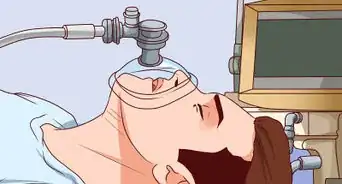












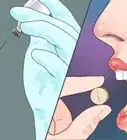

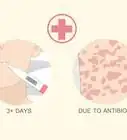



































Medical Disclaimer
The content of this article is not intended to be a substitute for professional medical advice, examination, diagnosis, or treatment. You should always contact your doctor or other qualified healthcare professional before starting, changing, or stopping any kind of health treatment.
Read More...